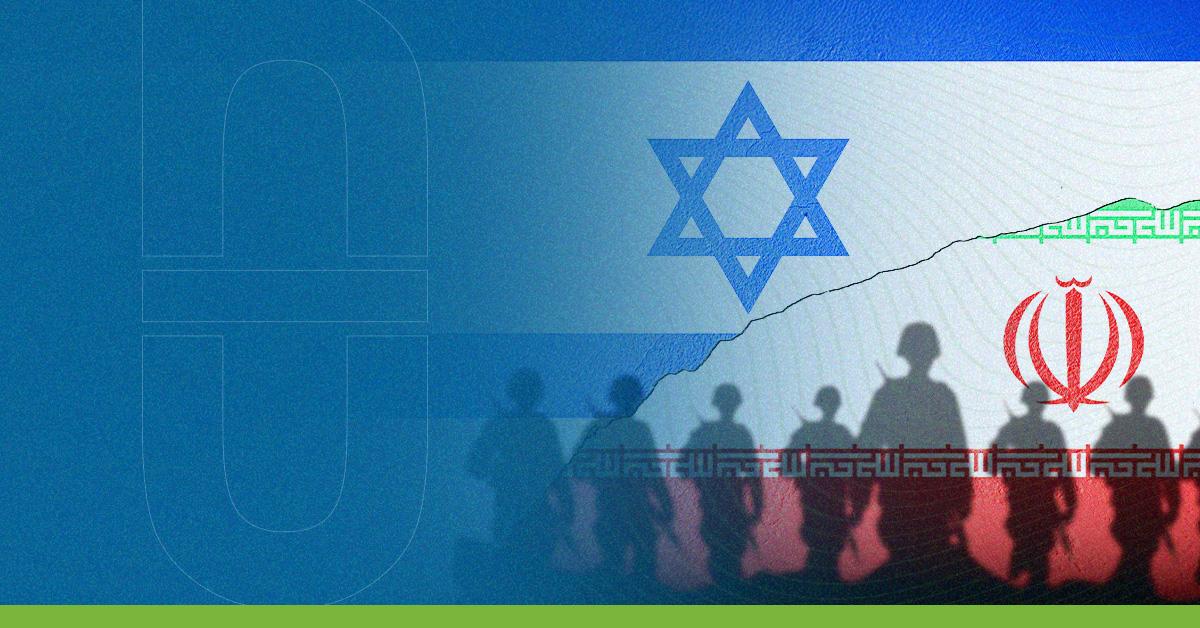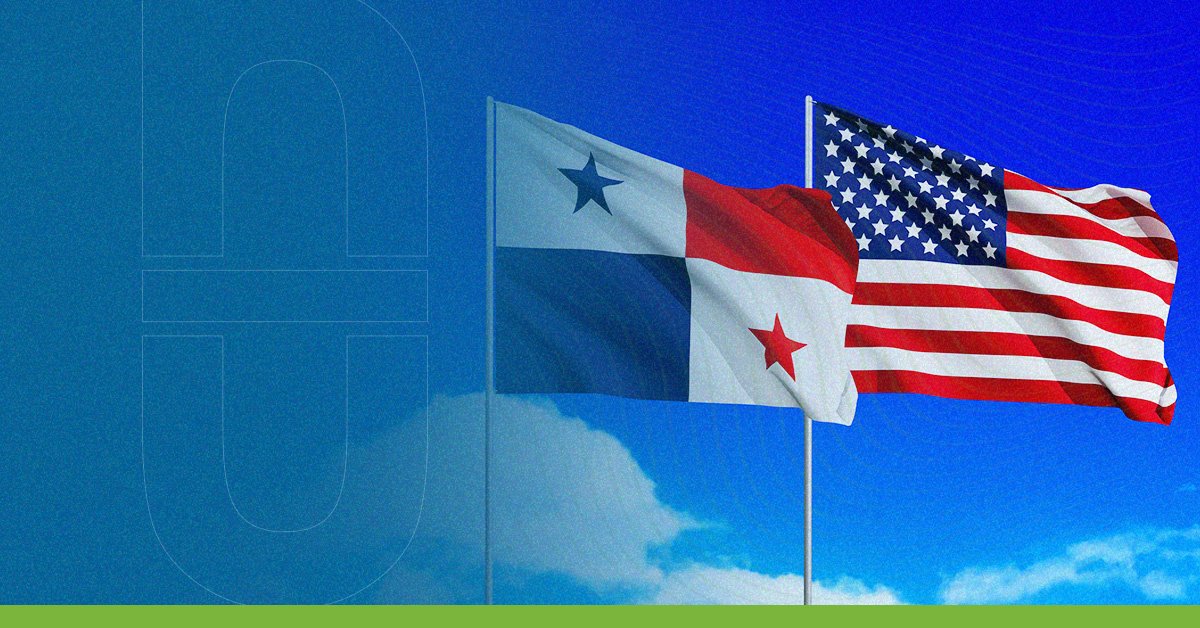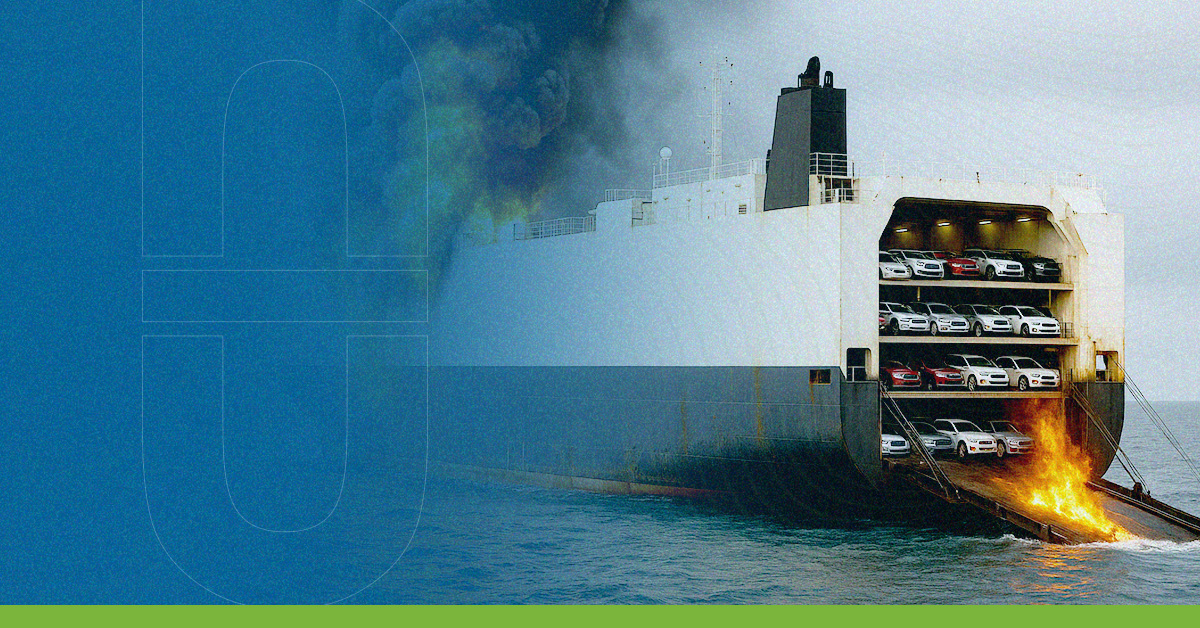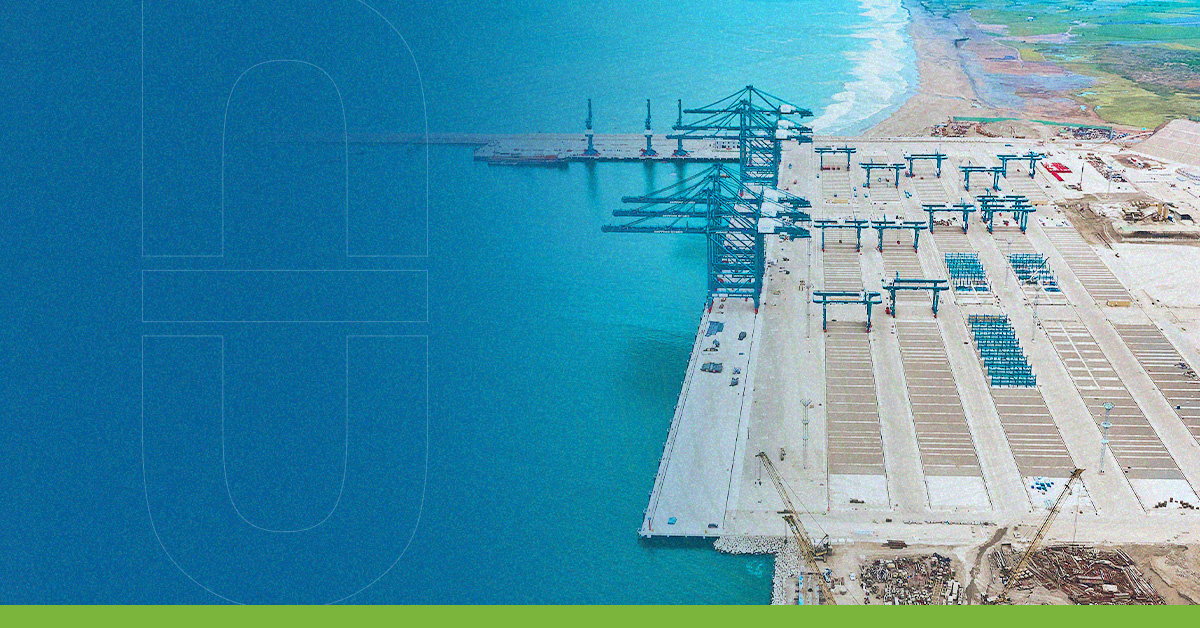The question “what is the value chain within the logistics sector?” takes on a new positive focus thanks to the Memorandum of Understanding (MoU), formalized by the giants Mitsui OSK Lines (MOL) and JX Nippon Oil & Gas Exploration Corporation (JX), with the main objective of improving the processes of capture, transport and subsequent storage of carbon dioxide between Japan and Australia using highly prepared technology for such purposes.
The memorandum of understanding between the two corporations promises remarkable efficiency in tasks that involve the management of this precious element so necessary not only in logistics, but also in other fundamental areas for the development of commerce in general. But what exactly does the value chain consist of?
What is the value chain?
To answer the question “what is the value chain?” specifically in logistics, we say that it consists of a series of strategies perfectly designed to guarantee optimization in each of the phases that make up these production processes. Increasing profits, making the company even more competitive and even increasing the safety of its own employees, are just some of the reasons why the value chain continues to gain importance in today’s logistics industry.
The above represents a considerable growth opportunity for both corporations and the relationship between these countries in the future.
A promising future for both countries thanks to the MoU
Continuing with the details of this important memorandum and understanding what the value chain is, a vital point to comment on is that it has been the ENEOS refinery and other companies operating in the vicinity of Japan that have committed to supply the carbon dioxide emitted for proper storage and processing using a special conveyor that would go from the country of the rising sun to the Port of Bonython in Australia.
Once it arrives at the port located in Australia, the CO2 will be injected into storage spaces and then processed depending on the needs. Part of this agreement includes the joint selection of the carriers that will be moving between the ports of Japan and Australia, in addition to the volume of CO2 required on each trip, as well as the estimated maritime costs to carry out the mobilization of this element.
These conditions also include calculations on the estimated costs of the rest of the CAC value chain, a technology that is responsible for separating the carbon dioxide emitted during the different industrial activities and then storing it efficiently in stable underground spaces that preserve the totality of the entered element.
Undoubtedly, understanding what the value chain is can clear up doubts about the memorandum between the giants Mitsui OSK Lines and JX Nippon Oil & Gas Exploration Corporation and their future tasks in an increasingly complex sector such as logistics.
Sources:
Qué es la cadena de valor, su importancia, análisis y ejemplo. Hubspot
MOL and JX to develop CCS value chain between Japan and Australia. Offshore Energy




